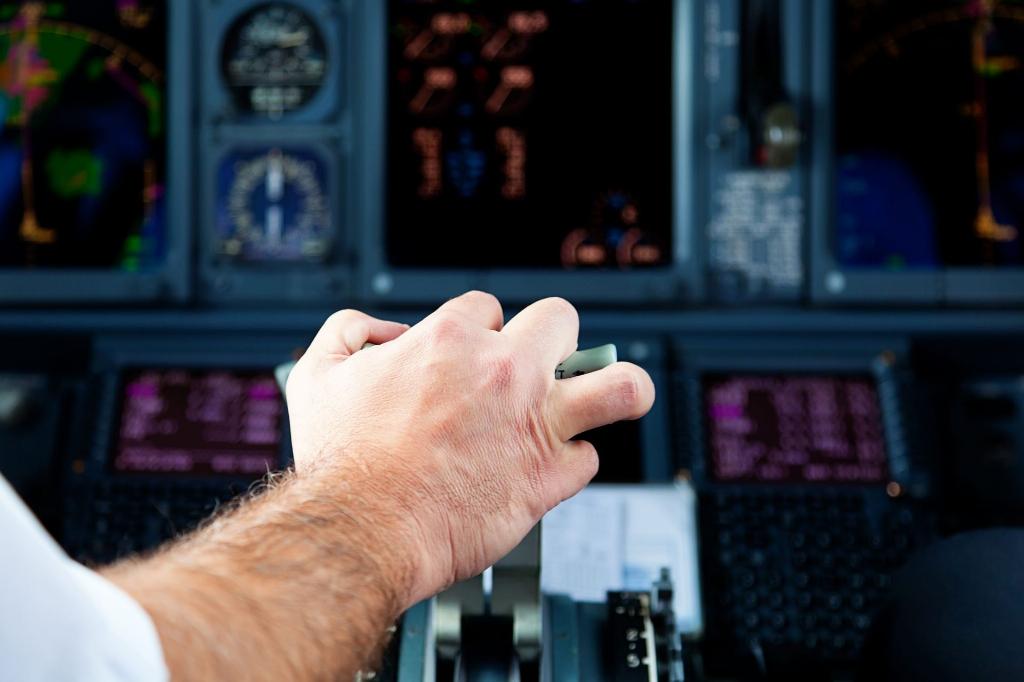Minimising fluid susceptibility

TÜV SÜD’s environmental test supervisor, Chris Bowles, reveals how the company’s new fluid susceptibility test service can help aerospace manufacturers determine whether materials used in equipment can tolerate the damaging effects of fluid contaminants.
Aircraft parts and components can be exposed to many different types of fluids during the product lifecycle. This can affect all exterior and interior elements of an aircraft, including mechanical, electrical and furnishings. For example, hydraulic fluids used in landing gear could potentially contaminate and damage seals.

Likewise, when considering the aesthetic interior of civil aircraft, material resistance and longevity are a key concern. Airlines want to ensure that interior materials, such as plastics and fabrics, are resistant to everyday spills and cleaning fluids so that they maintain their integrity and visual appeal. It is therefore important to understand the possible effects of fluid contamination on equipment that will be installed in an area where contamination with a specific fluid would frequently occur.
As fluid contamination can have a wide range of impacts, from the aesthetic to the catastrophic, fluid susceptibility tests are necessary to help manufacturers optimise equipment design and minimise time to market. Test methods closely replicate specific fluid contamination scenarios so that manufacturers can fully understand how much damage could be done to their equipment over time. This allows them to mitigate against failures within their product design and rectify issues before a part is put into service, as well as understand the maintenance requirements for specific parts.
There are a wide range of international, national and industry specific aerospace and defence standards with which aviation components must comply. This includes commercial avionics standard RTCA DO-160 (Environmental Conditions and Test Procedures for Airborne Equipment), the UK Ministry of Defence’s standard DEF STAN 00-35 and United States military standard MIL STD 810, which both set out the environmental conditions in which defence material is expected to operate and survive.
As an example, Section 11 of the RTCA DO-160 standard covers fluid susceptibility. It states that the tests are intended to determine whether the materials used in the construction of equipment can withstand the deleterious effects of fluid contaminants. It goes on to specify that fluid susceptibility tests should only be performed when the equipment will be installed where fluid contamination could be commonly encountered. The fluids included within the standard represent those commonly encountered in airborne and ground operations, with spray and immersion tests covering a wide range of fluids, including fuels, solvents, de-icers, insecticides, sullage and fire extinguishers.
Standardised procedures
Industry specific standards are set by the major manufacturers such as Boeing and Airbus, for example the Boeing D6-36440 series. Both Boeing and Airbus have specific platform-dependent fluid requirements, and Boeing specifies requirements for sprayed liquids and cleaning fluids for cabin equipment.
Damage caused by exposure to fluids can result in costly repairs, replacement, or create a safety issue. Testing will evaluate the extent of damage caused by exposure to fluids, whether this will hinder the correct safe operation of equipment, lower the overall life of equipment or affect the aesthetic properties of equipment or material.

Testing consists of applying fluids to material or component samples. Tests should closely replicate specific fluid contamination scenarios, so that manufacturers fully understand how much damage could be done to their equipment over time. The fluids are applied at various temperatures, according to their temperature in service. The material samples are then held at elevated temperatures to accelerate the effects of these fluids. Depending on the specification, multiple applications of the fluids may also be required.
What the testing is trying to determine can vary as this is determined by the fluid and the application. For example, it may be to prove that exposure to fluids will not damage parts, e.g. affect seals, gaskets, equipment, or affect the integrity of operation of parts and components. Alternatively, it may be more related to the integrity of material or aesthetic considerations.
Where equipment is used in an application where contamination by certain fluids is expected, testing will be required by either regulatory bodies, such as EASA, FAA, or aircraft manufacturers, depending on the criticality of equipment, or to demonstrate the required quality of products and materials.
With such a wide range of fluids and components to test, specialist equipment is required to stabilise fluids at correct temperatures. This includes temperature storage units and non-contact chambers for flammable liquids, all of which require precise calibration and a substantial amount of investment. While some larger manufacturers are able to conduct tests themselves, others outsource to third-party specialists.
For many manufacturers, one advantage of the latter approach is that fluid susceptibility is just one of the test requirements for aircraft equipment, outlined by standards such as RTCA DO160. If fluid susceptibility testing can be completed in a laboratory alongside other tests, such as environmental testing and EMC, the duration of the overall qualification programme can be reduced and time to market expedited.













